
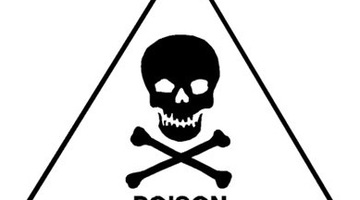
Poisons are substances that cause harm to organisms when sufficient quantities are absorbed, inhaled or ingested. A toxin is a poisonous substance produced within living cells or organisms ...
READ MORE
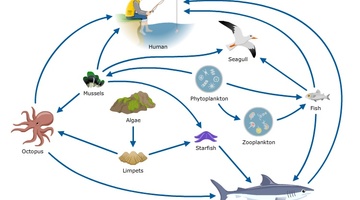
All living things depend on one another to live. Animals eat plants and/or animals to survive. Food webs describe the feeding connections between organisms in an ecosystem. The three main groups ...
READ MORE

There are over 100 poisonous plants in New Zealand. As children grow up, they often come into contact with plants that have poisonous properties. However, children usually don’t eat enough of a ...
READ MORE

Pitfall traps are simply containers dug into the ground so the top of the container is level with the ground. Sometimes a small roof can be erected over the trap to keep rain out. Insects that ...
READ MORE

Insect vision is quite different to human vision, but insects do see colours, and they use their colour vision to get around and find food. We can exploit their preference for different colours ...
READ MORE

In this activity, students explore the processes scientists used to analyse and identify the toxic substance responsible for dog deaths on Auckland beaches. By the end of this activity, students ...
READ MORE
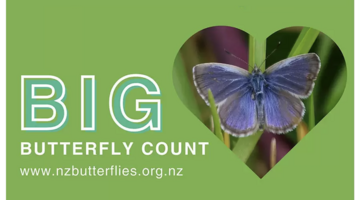
This New Zealand-based citizen science project collects data about butterflies in our gardens, schools, parks and farms – any location in the country or on the outer islands. This annual event – ...
READ MORE
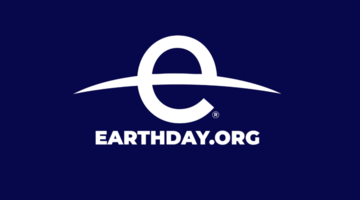
Be part of a worldwide movement and use Global Earth Challenge to submit or classify photos to help our planet’s environment and human health. Global Earth Challenge is a citizen science campaign ...
READ MORE
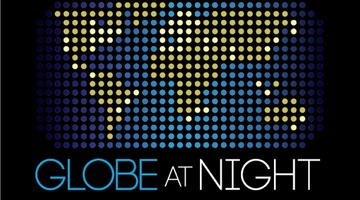
Globe at Night is an international citizen science campaign to raise public awareness of the impact of light pollution by inviting citizen scientists to measure and submit their night sky ...
READ MORE
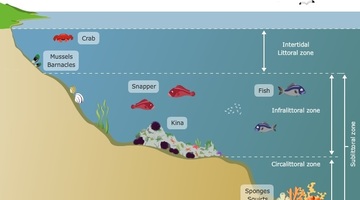
The rocky shore is a popular topic in primary school science. Below are some Science Learning Hub resources for primary teachers related to the rocky shore in the Living World strand of the New ...
READ MORE

There are over 150,000 substances approved for use in Aotearoa New Zealand that contain an estimated 30,000 chemicals. We use chemicals on a daily basis – they’re all around us. Chemicals are not ...
READ MORE
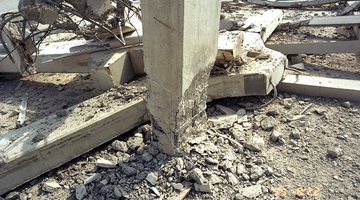
About 14,000 earthquakes are recorded in and around Aotearoa New Zealand every year. Canterbury’s 7.1 and Kaikōura's 7.8 magnitude earthquakes and subsequent aftershocks show the constant threat ...
READ MORE
Paul McNabb of the Cawthron Institute in Nelson describes the system they use to monitor shellfish safety. He explains how toxins are detected in shellfish using liquid chromatography-mass ...
READ MORE
Paul McNabb provides a short explanation on how an LC-MS functions.
READ MORE
Dr Susie Wood of the Cawthron Institute in Nelson talks about how toxic grey side-gilled sea slugs are. She explains that not all these sea slugs are toxic. It seems that North Island slugs are ...
READ MORE

This interactive demonstrates bioaccumulation of marine toxins. It shows how toxins move through a marine food web.
READ MORE
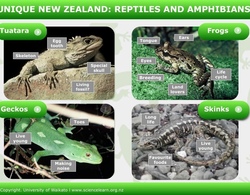
Explore this interactive to learn more about New Zealand’s unique reptiles and amphibians. Move your mouse or finger over any of the labelled boxes and click to obtain more information. Select ...
READ MORE
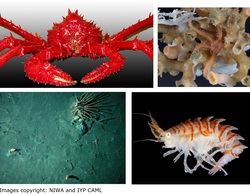
This short slideshow shows some of the animals found in the Antarctic benthic zone. Use the Slideshow menu for further options, including view full screen, and go here for the download option.
READ MORE